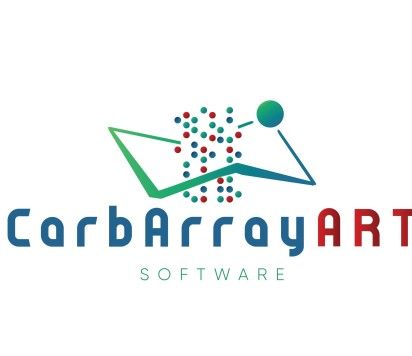BibTex format
@article{Stappers:2018:10.1038/nature25974,
author = {Stappers, MHT and Clark, AE and Aimanianda, V and Bidula, S and Reid, DM and Asamaphan, P and Hardison, SE and Dambuza, IM and Valsecchi, I and Kerscher, B and Plato, A and Wallace, CA and Yuecel, R and Hebecker, B and Teixeira, Sousa MDG and Cunha, C and Liu, Y and Feizi, T and Brakhage, AA and Kwon-Chung, KJ and Gow, NAR and Zanda, M and Piras, M and Zanato, C and Jaeger, M and Netea, MG and de, Veerdonk FLV and Lacerda, JF and Campos, A and Carvalho, A and Willment, JA and Latge, J-P and Brown, GD},
doi = {10.1038/nature25974},
journal = {NATURE},
pages = {382--386},
title = {Recognition of DHN-melanin by a C-type lectin receptor is required for immunity to Aspergillus},
url = {http://dx.doi.org/10.1038/nature25974},
volume = {555},
year = {2018}
}
RIS format (EndNote, RefMan)
TY - JOUR
AB - Resistance to infection is critically dependent on the ability of pattern recognition receptors to recognize microbial invasion and induce protective immune responses. One such family of receptors are the C-type lectins, which are central to antifungal immunity1. These receptors activate key effector mechanisms upon recognition of conserved fungal cell-wall carbohydrates. However, several other immunologically active fungal ligands have been described; these include melanin2,3, for which the mechanism of recognition is hitherto undefined. Here we identify a C-type lectin receptor, melanin-sensing C-type lectin receptor (MelLec), that has an essential role in antifungal immunity through recognition of the naphthalene-diol unit of 1,8-dihydroxynaphthalene (DHN)-melanin. MelLec recognizes melanin in conidial spores of Aspergillus fumigatus as well as in other DHN-melanized fungi. MelLec is ubiquitously expressed by CD31+ endothelial cells in mice, and is also expressed by a sub-population of these cells that co-express epithelial cell adhesion molecule and are detected only in the lung and the liver. In mouse models, MelLec was required for protection against disseminated infection with A. fumigatus. In humans, MelLec is also expressed by myeloid cells, and we identified a single nucleotide polymorphism of this receptor that negatively affected myeloid inflammatory responses and significantly increased the susceptibility of stem-cell transplant recipients to disseminated Aspergillus infections. MelLec therefore recognizes an immunologically active component commonly found on fungi and has an essential role in protective antifungal immunity in both mice and humans.
AU - Stappers,MHT
AU - Clark,AE
AU - Aimanianda,V
AU - Bidula,S
AU - Reid,DM
AU - Asamaphan,P
AU - Hardison,SE
AU - Dambuza,IM
AU - Valsecchi,I
AU - Kerscher,B
AU - Plato,A
AU - Wallace,CA
AU - Yuecel,R
AU - Hebecker,B
AU - Teixeira,Sousa MDG
AU - Cunha,C
AU - Liu,Y
AU - Feizi,T
AU - Brakhage,AA
AU - Kwon-Chung,KJ
AU - Gow,NAR
AU - Zanda,M
AU - Piras,M
AU - Zanato,C
AU - Jaeger,M
AU - Netea,MG
AU - de,Veerdonk FLV
AU - Lacerda,JF
AU - Campos,A
AU - Carvalho,A
AU - Willment,JA
AU - Latge,J-P
AU - Brown,GD
DO - 10.1038/nature25974
EP - 386
PY - 2018///
SN - 0028-0836
SP - 382
TI - Recognition of DHN-melanin by a C-type lectin receptor is required for immunity to Aspergillus
T2 - NATURE
UR - http://dx.doi.org/10.1038/nature25974
UR - http://gateway.webofknowledge.com/gateway/Gateway.cgi?GWVersion=2&SrcApp=PARTNER_APP&SrcAuth=LinksAMR&KeyUT=WOS:000427477100039&DestLinkType=FullRecord&DestApp=ALL_WOS&UsrCustomerID=1ba7043ffcc86c417c072aa74d649202
UR - https://www.nature.com/articles/nature25974
UR - http://hdl.handle.net/10044/1/60017
VL - 555
ER -





